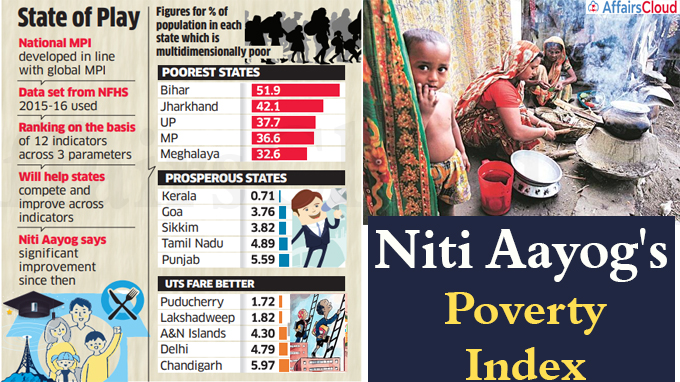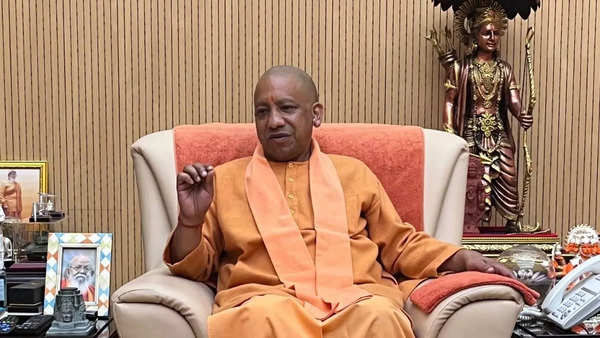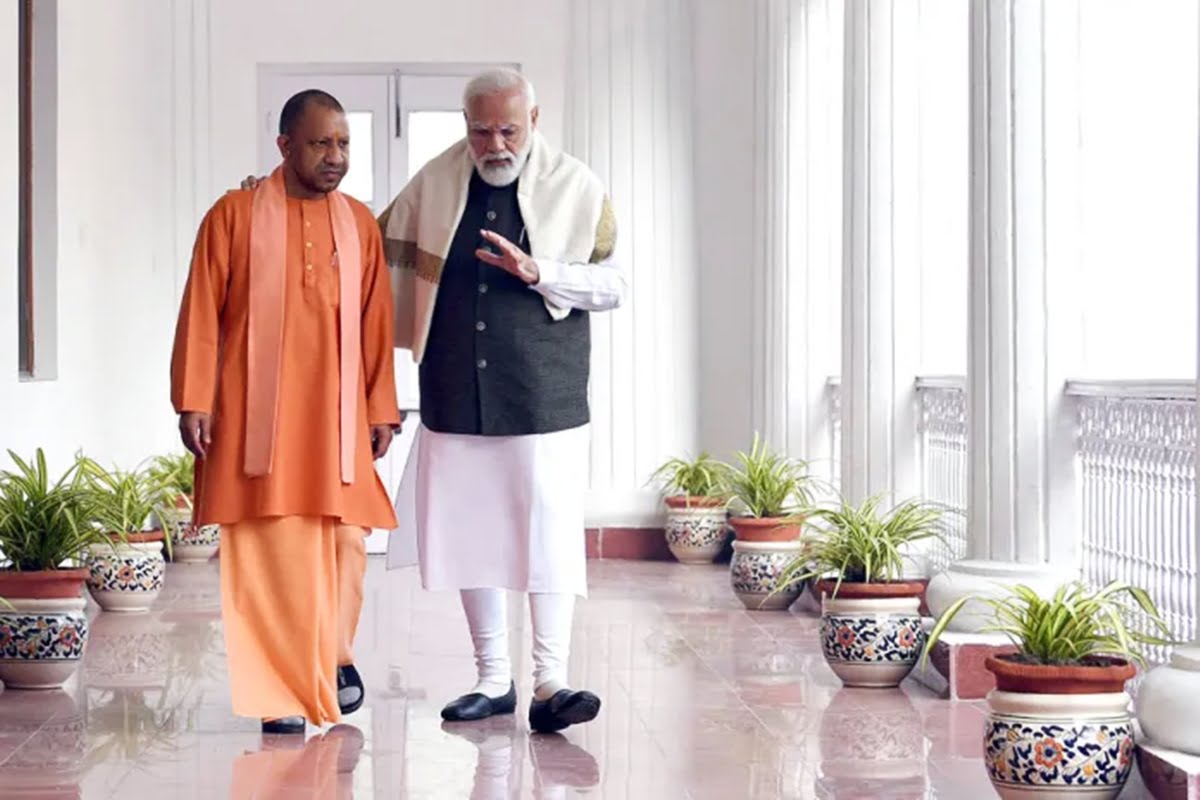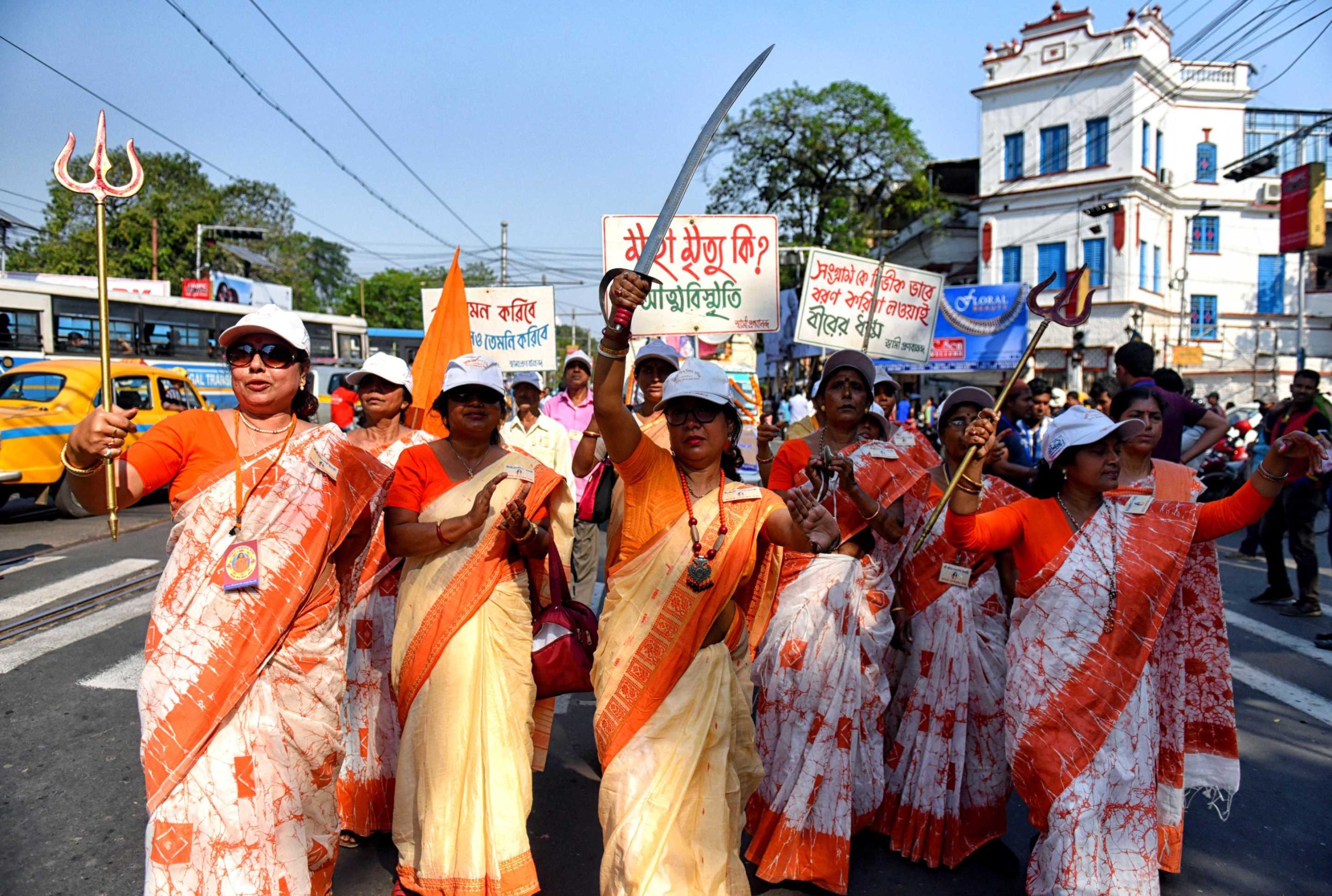NITI Aayog released its first Multidimensional Poverty Index (MPI) report recently. This report, based on National Family Health Survey-4 (2015-16), shows Uttar Pradesh as the third poorest state with 37.79 percent poor population.
The MPI report used the globally accepted methodology formulated by the UNDP and the Oxford Poverty and Human Development Initiative (OPHI) for its percentage calculation. The NITI Aayog states that the MPI should be used to identify reform areas and carry out corresponding reform measures. It is an integral part of Sustainable Development Goals, target 12 being “reducing at least by half the proportion of men, women and children of all ages living in poverty in all its dimensions according to national definition”. However, the central government and the Uttar Pradesh state government where the party in power is the BJP have been trying hard to hide real ground issues pertaining to lack and poverty and in the process has been trying to build a facade of ‘vikas’ where there is evidently none. Instead of working on the problem areas, the Uttar Pradesh government is busy painting a false image of development and progress in the state.
The central government and the Uttar Pradesh state government where the party in power is the BJP have been trying hard to hide real ground issues pertaining to lack and poverty and in the process has been trying to build a facade of ‘vikas’ where there is evidently none. Instead of working on the problem areas, the Uttar Pradesh government is busy painting a false image of development and progress in the state.

Contrary to what the MPI suggests are the tall claims of the CM of Uttar Pradesh. CM Ajay Bisht, popularly known as Yogi Adityanath, in an inauguration ceremony at the Jungle Kaudia block in Gorakhapur district in October said that the state is changing for the better and and is the emerging economy of the country now. “UP has the best investment opportunities”, Yogi had said.
Prime Minister Narendra Modi had earlier made a statement in 2017 about how the journey of making Uttar Pradesh the best state had already begun in 2014. And that was not the last time when BJP leaders took part in political whitewashing of data and distorted narratives. Similar statements were made during COVID-19 too. The number of people who died in 24 districts of UP over nine months, until 31 March 2021 was reportedly 43 times greater than the total official COVID deaths. But the government called it an “effectively managed” situation. After the disastrous second wave that left India literally struggling for oxygen, PM Modi declared UP’s management of COVID-19 as ‘unparalleled’. However, images of bodies flowing in rivers, being burnt in large numbers on cremation grounds and patients struggling to get a bed amply indicated otherwise, including in several districts of UP. The government at the centre and state continued to ignore these visuals and data and dismissed it as misreporting.

Also read: The Govt. Should Do Better Than Disregarding India’s Fall In Global Hunger Index

It is ironical to note that many MLAs and MPs of the party itself reported about the scarcity of oxygen cylinders and beds in the hospital. Ramgopal Lodhi, BJP MLA from Jasrana (Firozabad) struggled to get a hospital bed for his COVID-positive wife at a hospital in Agra. In May 2021, BJP MLAs from Uttar Pradesh, like Vijay Kashyap and Dal Bahadur Kori succumbed to COVID-19. When the elites and power holders with the most access and affordability of possible resources in the state were in danger, it seems impossible to believe that the common people apparently underwent no crisis and that the situation was “manageable”. So much so, the CM even claimed that there were zero COVID-19 deaths in three days between July 31 and August 2, which was contradicted by the Centre’s data.
Uttar Pradesh is not the only state governed by BJP which have been found to be the most impoverished as per the MPI report. Four out of the top five states have BJP in power, in some states with full majority and at some forming a collision government. And this is telling, considering ‘Sabka saath, sabka vikas’ has been the clarion call of the party.
Also read: Yogi Adityanath’s UP Population Control Bill 2021: The Communal, Caste & Gender Implications
The NITI Aayog report therefore is vital in how it holds the mirror to the government at the Centre and UP as the party in power makes tall claims of development by brushing real data under the carpet. This is especially significant as the Uttar Pradesh elections are around the corner and while the party in power attempts to highlight their so-called achievements as part of the election agenda and strategies.
Further, the percentage of population deprived of nutrition in Uttar Pradesh is 44.5%, ranking fourth and in terms of maternal health with 35.45 percent, ranks second. Shrawasti is home to the highest number of poor in UP at 74.38 percent. This paints a clear picture of how importantly the issue of basic resources must be addressed in the state which the government is failing to fulfill. UP cabinet Minister Siddharth Nath Singh once commented that the ‘Yogi Model’ of development turned a “disaster into opportunity”, referring to the pandemic. The NITI Aayog report therefore is vital in how it holds the mirror to the government at the Centre and UP as the party in power makes tall claims of development by brushing real data under the carpet. This is especially significant as the Uttar Pradesh elections are around the corner and while the party in power attempts to highlight their so-called achievements as part of the election agenda and strategies.
Born in Bihar. Currently doing MA in Philosophy from Hindu college, DU. Freelances journalistic stories from gender and social justice lense. National and regional Ladli Media Awardee 2021. In constant existential crisis and search of belongingness. You can find Aishwarya on Instagram.
Featured image source: Hindustan Times





Ajay Bisht, as the writer refers to Adityanath, came to power in 2017 so how does one use MPI based on NFHS 2015-2016 to judge his government? (health is a state subject)